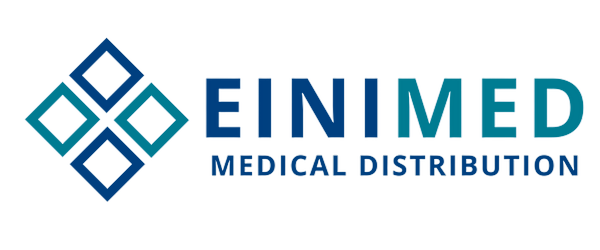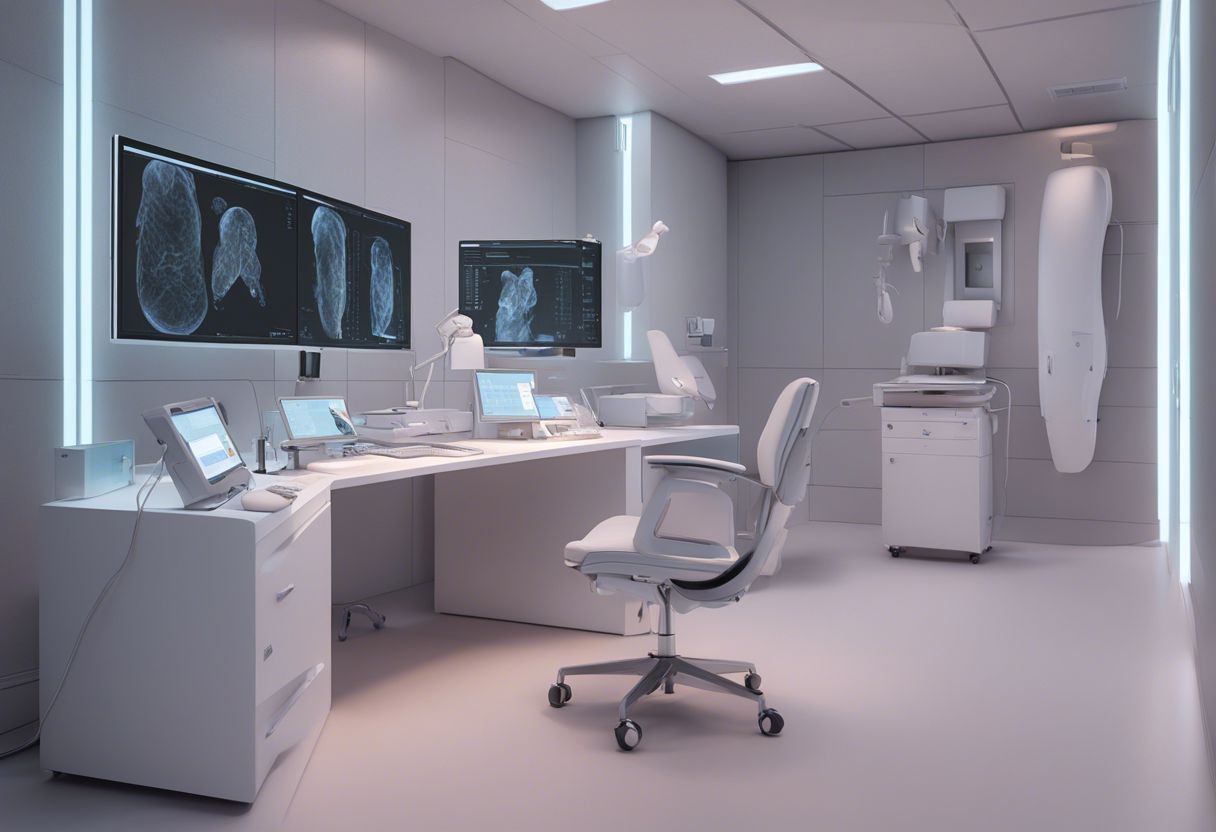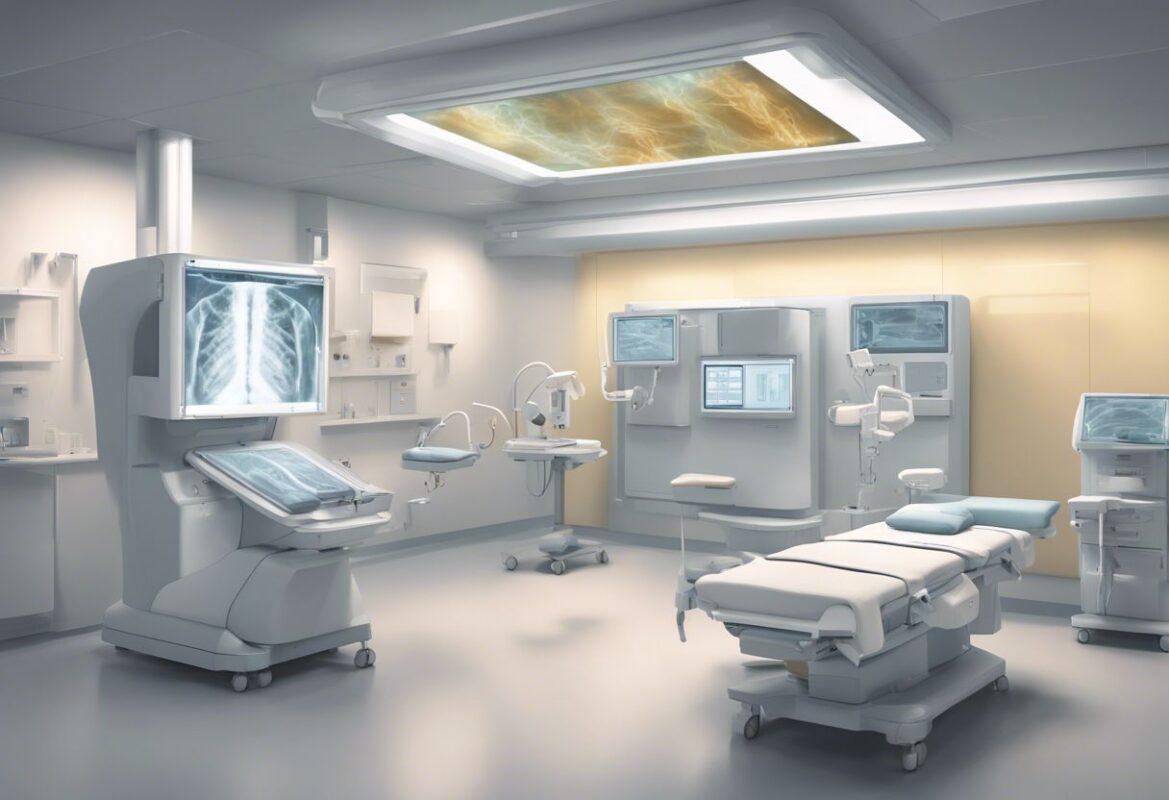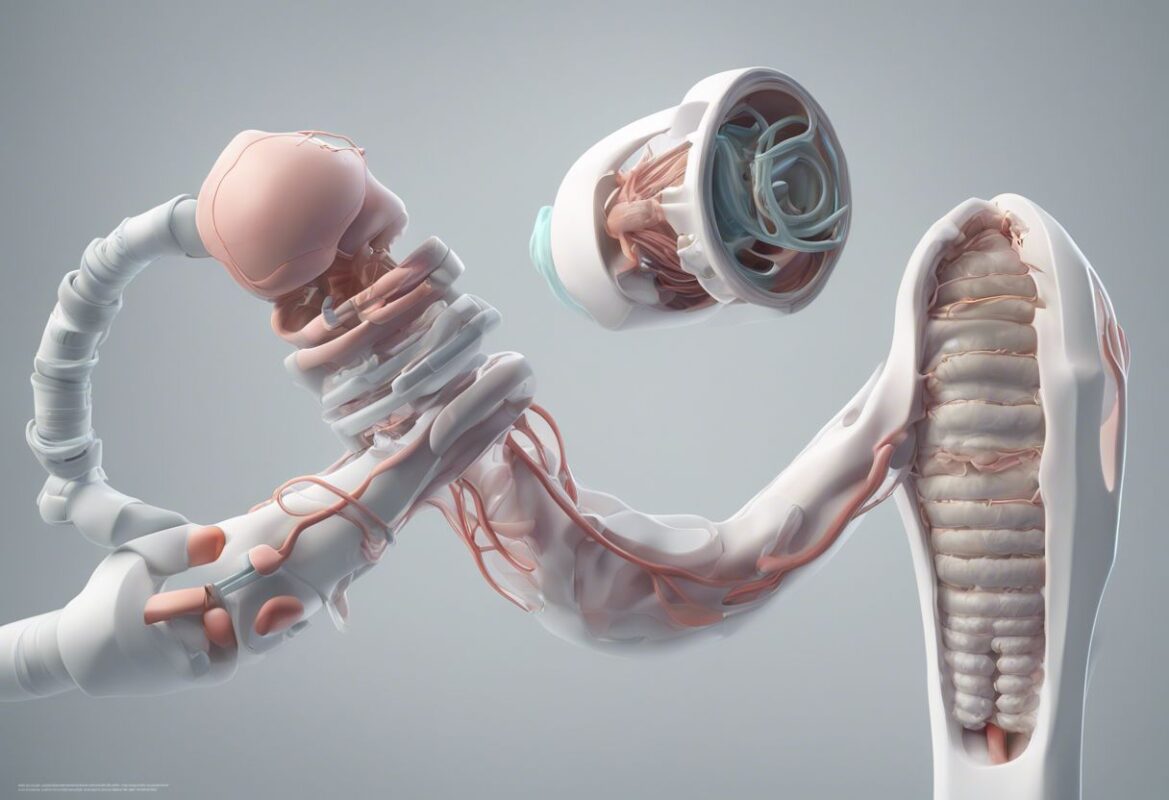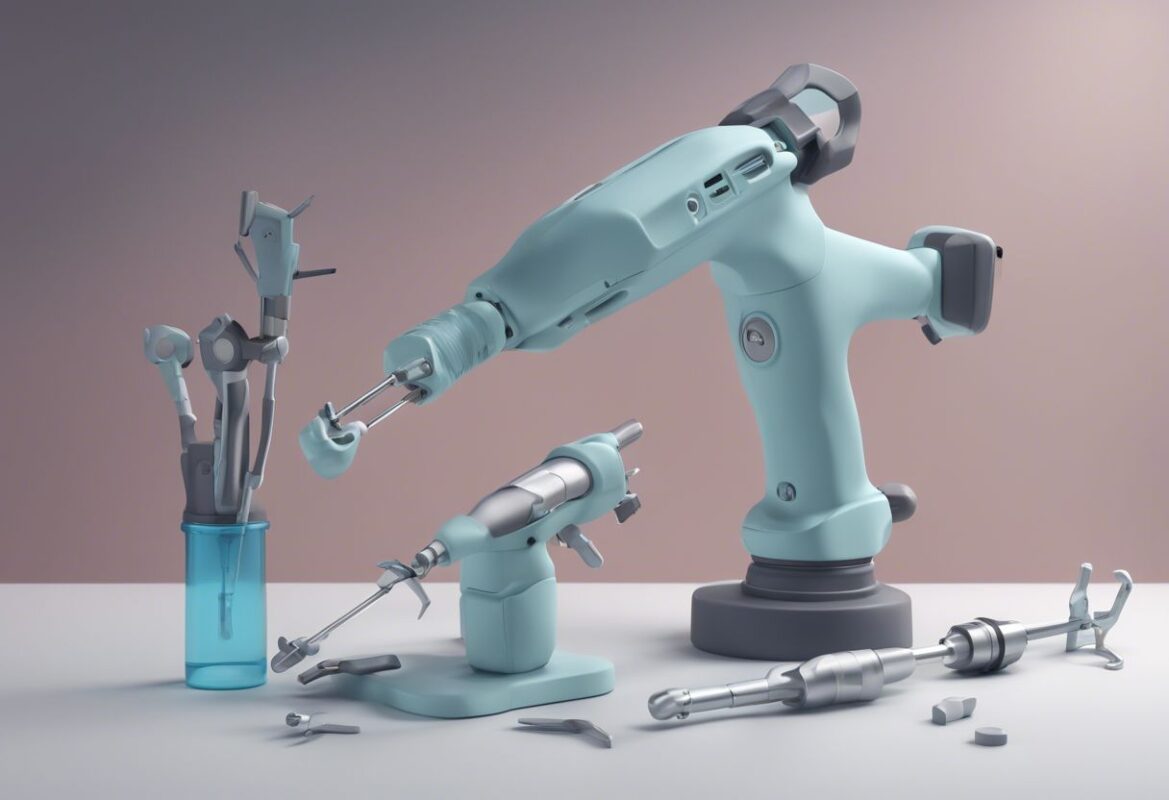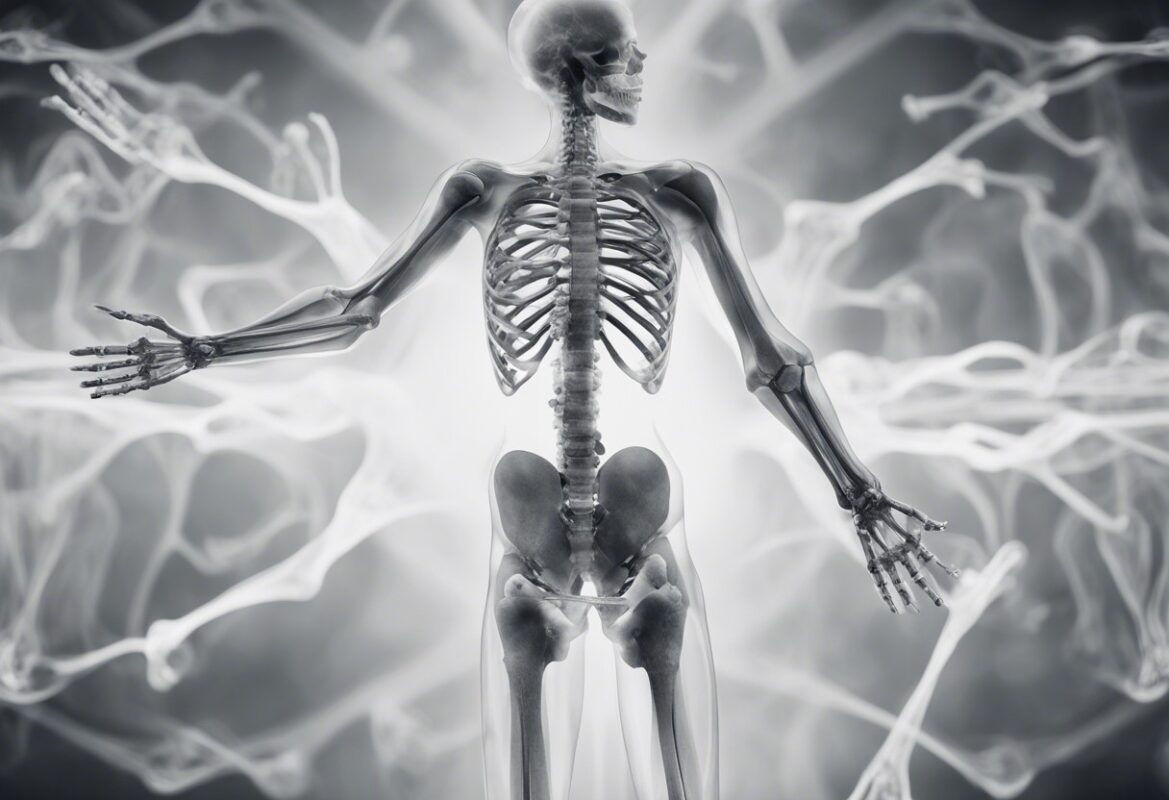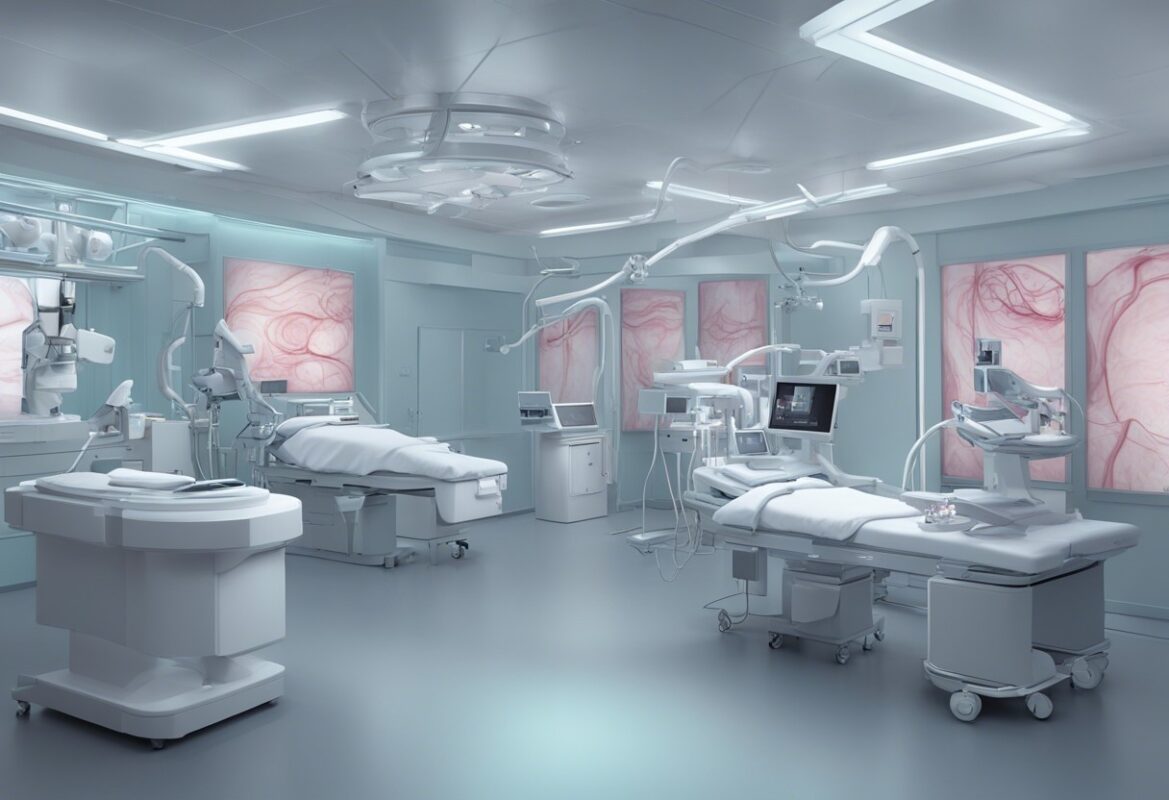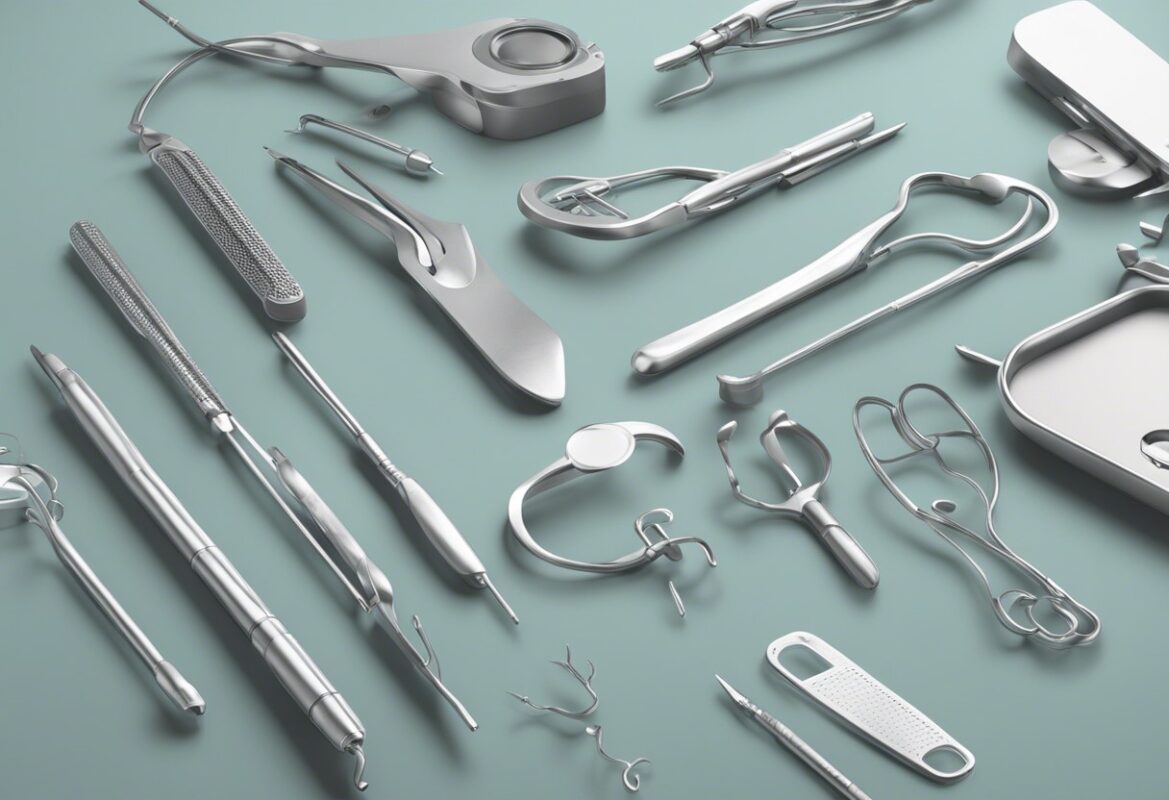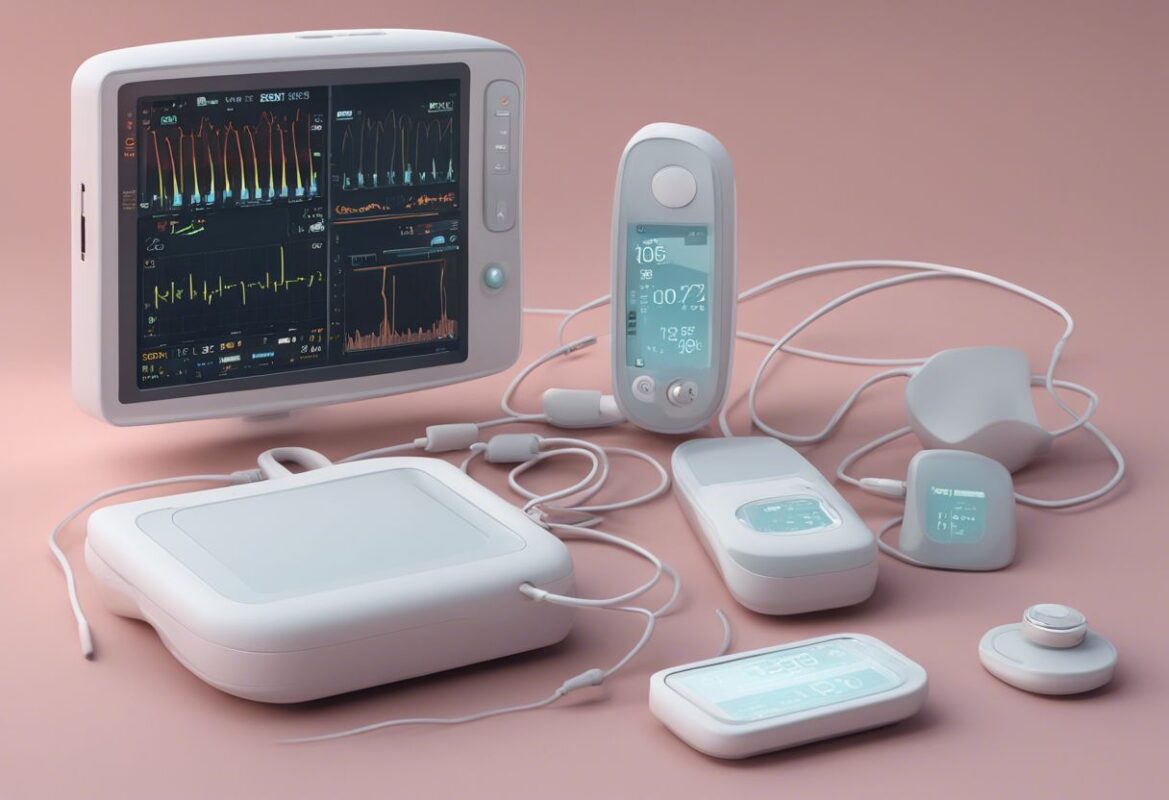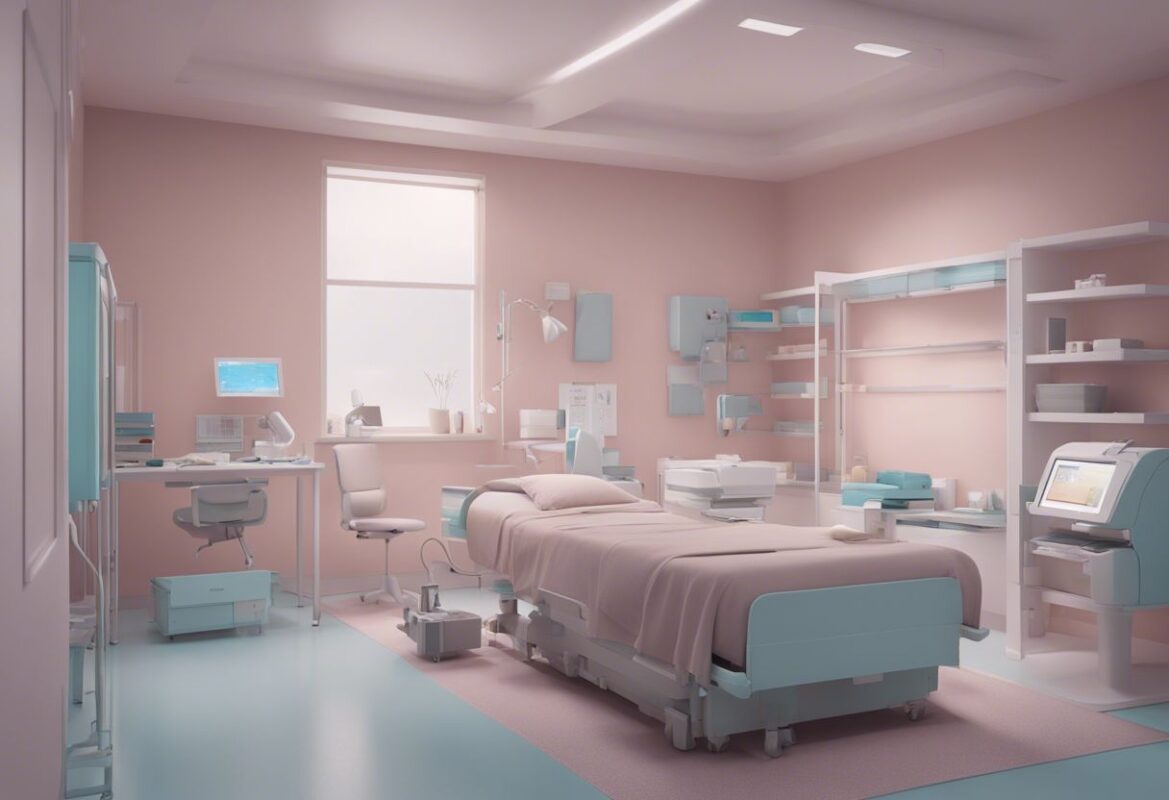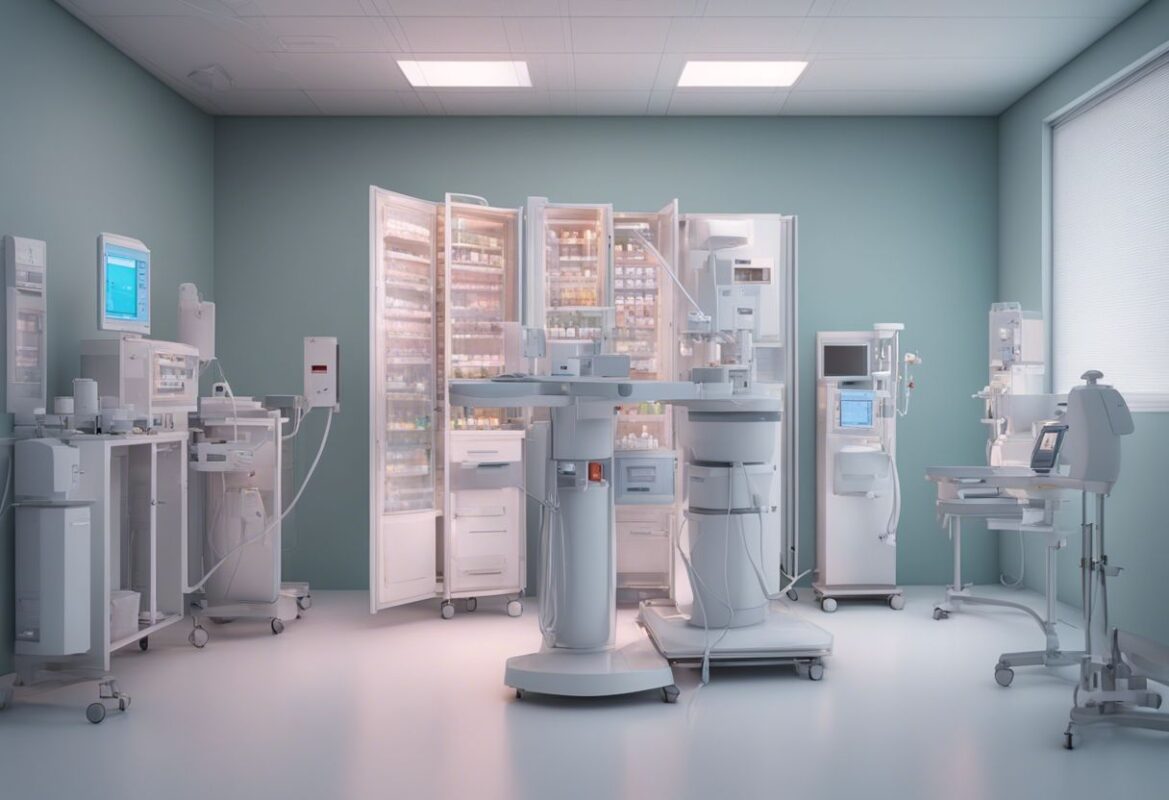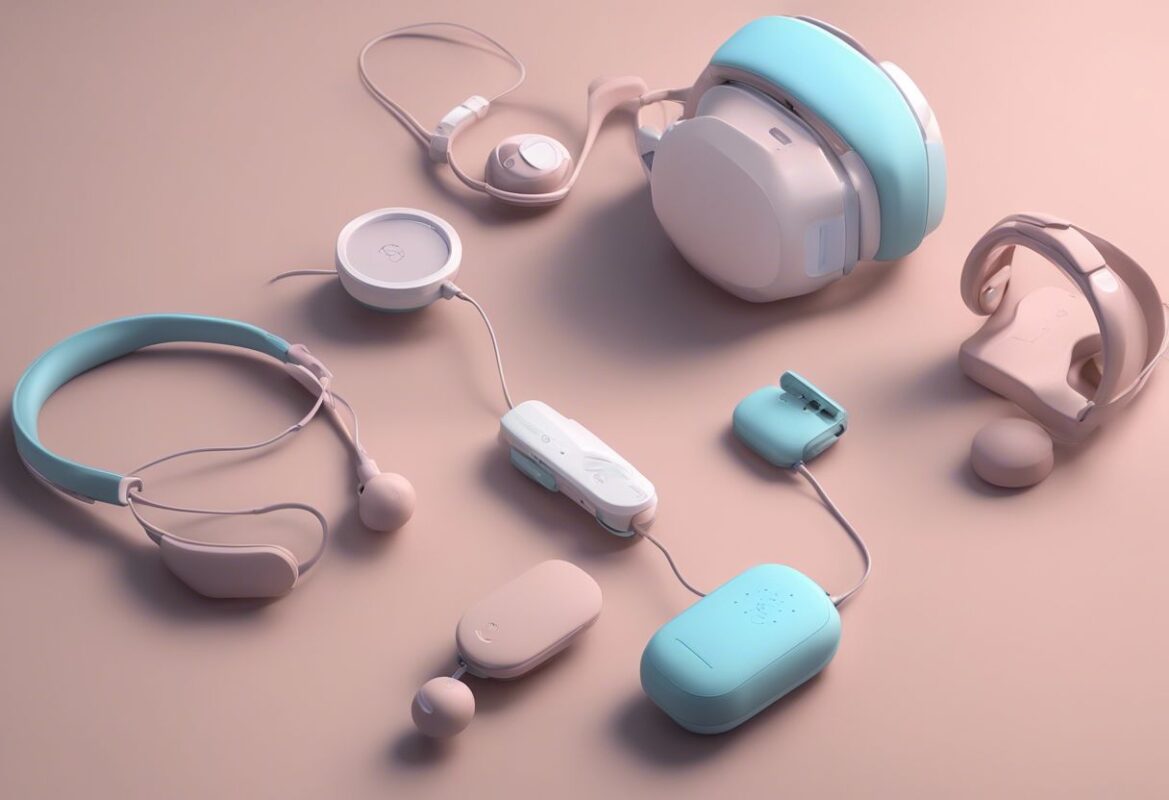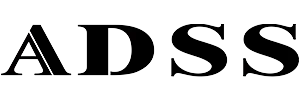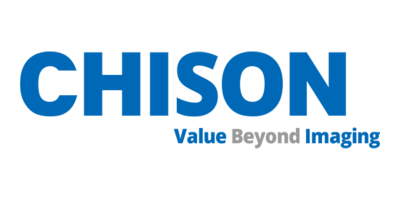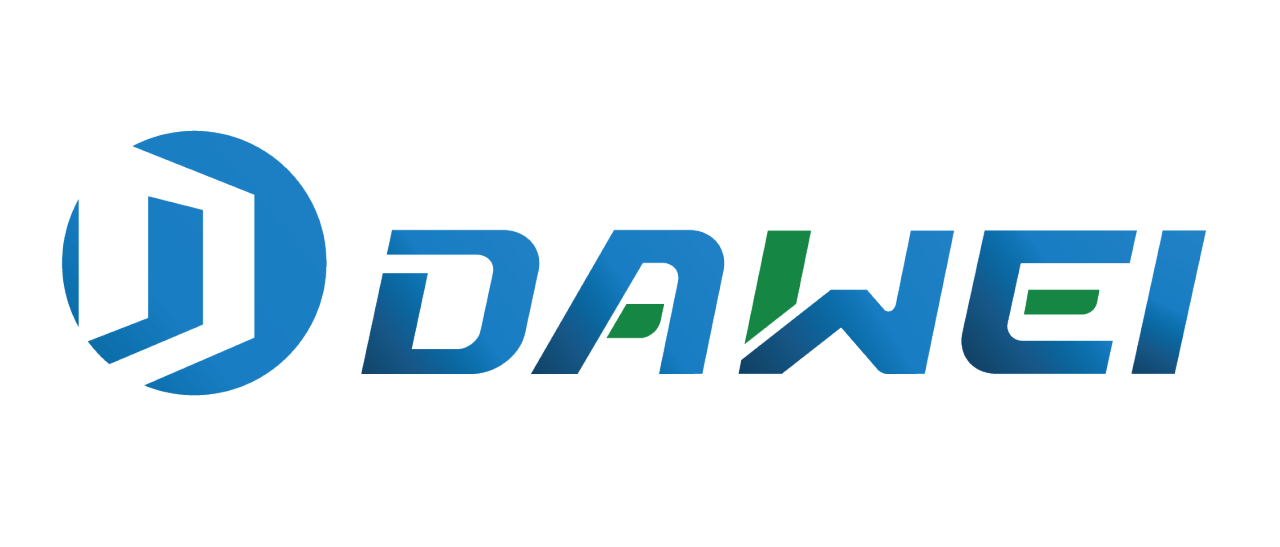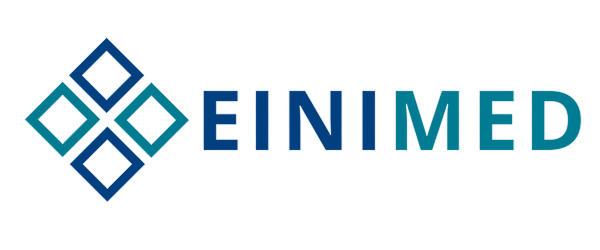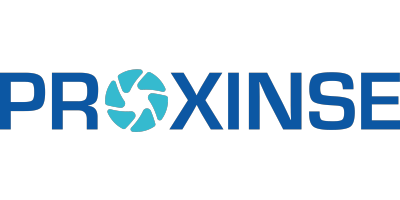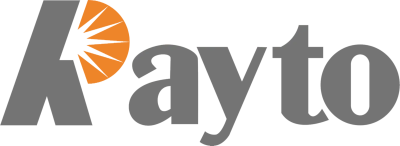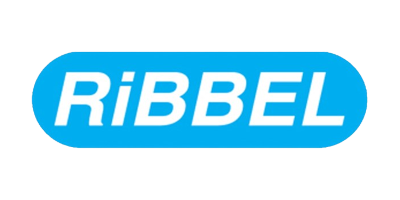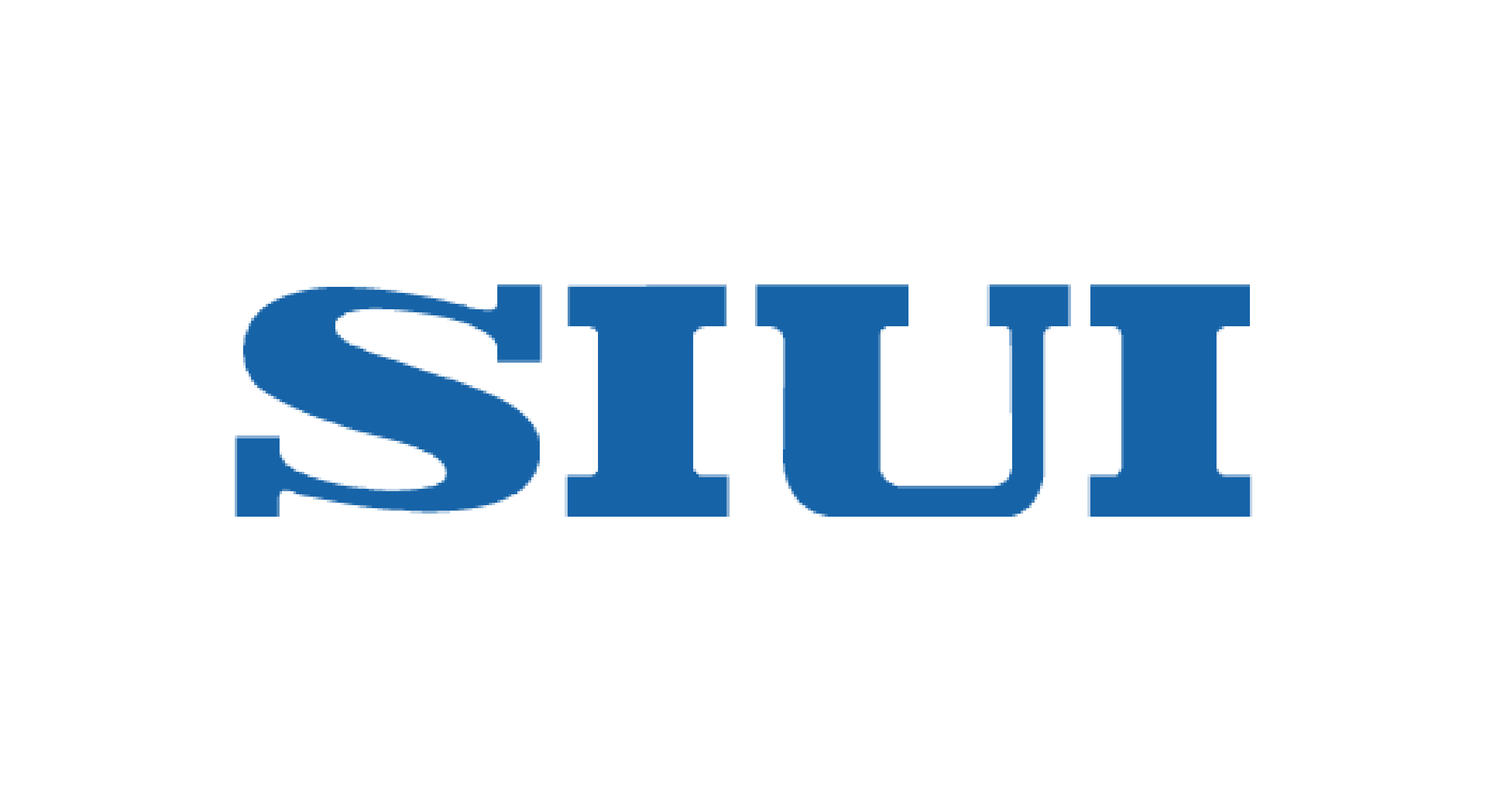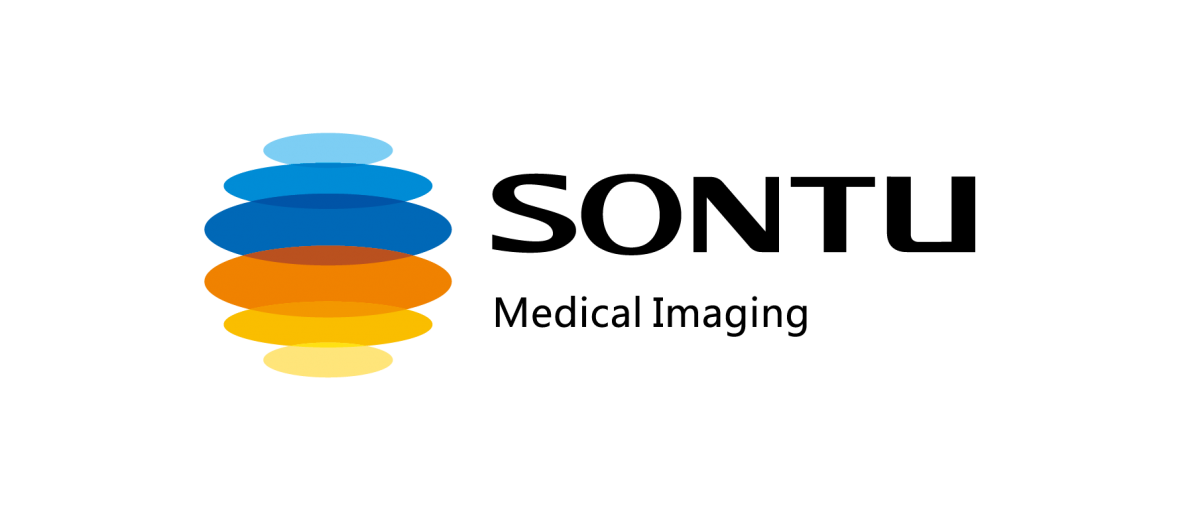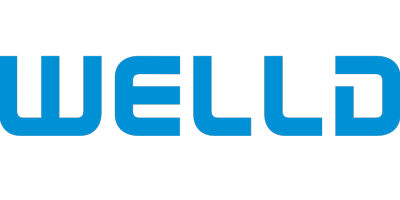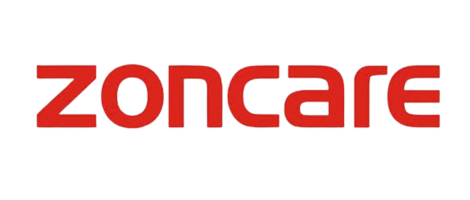Telemedicine and remote patient monitoring (RPM) are at the forefront of transforming healthcare delivery, offering innovative solutions that extend beyond traditional clinical settings. These technologies are not only improving access to healthcare but also enhancing patient outcomes, reducing costs, and increasing efficiency. This comprehensive post explores the advancements in telemedicine and RPM, their applications, benefits, and future trends shaping the healthcare landscape.
Understanding Telemedicine and Remote Patient Monitoring
Telemedicine
Telemedicine involves the use of telecommunications technology to provide clinical health care from a distance. It enables healthcare professionals to evaluate, diagnose, and treat patients without the need for an in-person visit. This approach leverages various technologies, including video conferencing, mobile apps, and secure messaging.
Remote Patient Monitoring (RPM)
RPM involves the use of digital technologies to monitor and collect medical and health data from patients in one location and electronically transmit this information securely to healthcare providers in a different location. This continuous monitoring allows for real-time data analysis and timely interventions.
Key Technologies in Telemedicine and RPM
1. Video Conferencing
Overview
Video conferencing tools facilitate real-time, face-to-face interactions between patients and healthcare providers, enabling consultations, follow-ups, and even mental health therapy sessions.
Key Features
- High-Resolution Video: Clear visual communication for accurate assessments.
- Secure Connections: Ensures patient privacy and compliance with regulations like HIPAA.
- Integrated Health Records: Access to patient data during consultations.
2. Mobile Health Apps
Overview
Mobile health (mHealth) apps allow patients to manage their health and communicate with healthcare providers through their smartphones or tablets.
Key Features
- Appointment Scheduling: Easy booking of virtual visits.
- Medication Reminders: Alerts for medication adherence.
- Health Tracking: Monitoring of vital signs, physical activity, and more.
3. Wearable Health Devices
Overview
Wearable devices, such as smartwatches and fitness trackers, collect real-time health data, including heart rate, blood pressure, and sleep patterns.
Key Features
- Continuous Monitoring: 24/7 tracking of health metrics.
- Data Synchronization: Seamless integration with mobile apps and health records.
- Alerts and Notifications: Immediate alerts for abnormal readings.
4. Remote Monitoring Devices
Overview
Specialized RPM devices include glucose monitors, blood pressure cuffs, and ECG monitors, providing critical data for chronic disease management.
Key Features
- Real-Time Data Transmission: Instant sharing of health data with providers.
- Automated Data Logging: Accurate and consistent record-keeping.
- Patient Alerts: Notifications for abnormal readings or missed measurements.
Applications of Telemedicine and RPM
Chronic Disease Management
Conditions Managed
- Diabetes
- Hypertension
- Heart disease
- Chronic obstructive pulmonary disease (COPD)
Benefits
- Continuous Monitoring: Real-time data collection and analysis help in early detection of issues.
- Timely Interventions: Immediate alerts to healthcare providers enable quick action.
- Improved Outcomes: Better disease management through consistent monitoring and patient engagement.
Acute Care and Emergency Consultations
Applications
- Tele-triage for urgent care
- Virtual emergency room consultations
- Remote guidance for emergency procedures
Benefits
- Quick Access: Immediate access to healthcare providers during emergencies.
- Reduced ER Visits: Decreased need for in-person emergency room visits.
- Efficient Resource Utilization: Better allocation of emergency medical resources.
Mental Health Services
Applications
- Virtual therapy sessions
- Remote psychiatric consultations
- Online support groups
Benefits
- Increased Accessibility: Access to mental health professionals regardless of location.
- Patient Comfort: Therapy sessions from the comfort of home.
- Regular Monitoring: Continuous support and check-ins for mental health patients.
Preventive Care
Applications
- Health education and wellness programs
- Routine health screenings
- Vaccination reminders and tracking
Benefits
- Proactive Health Management: Encourages patients to engage in preventive care.
- Early Detection: Identifies potential health issues before they become serious.
- Cost Savings: Reduces the need for expensive treatments through early intervention.
Postoperative Care
Applications
- Virtual follow-up appointments
- Remote wound monitoring
- Medication management
Benefits
- Enhanced Recovery: Continuous monitoring aids in faster recovery.
- Reduced Hospital Visits: Fewer in-person follow-ups needed.
- Patient Convenience: Recovery support from home.
Benefits of Telemedicine and RPM
Improved Access to Healthcare
Telemedicine and RPM eliminate geographical barriers, providing access to healthcare services for patients in remote and underserved areas. This accessibility ensures that more patients receive timely and appropriate care.
Enhanced Patient Engagement
These technologies empower patients to take an active role in their health management. Continuous monitoring and easy communication with healthcare providers increase patient engagement and adherence to treatment plans.
Cost-Effective Care
By reducing the need for in-person visits, telemedicine and RPM lower healthcare costs for both providers and patients. Preventive care and early intervention further reduce the financial burden by minimizing hospitalizations and emergency room visits.
Convenience and Comfort
Patients can receive care from the comfort of their homes, reducing travel time and associated stress. This convenience is particularly beneficial for elderly patients, individuals with mobility issues, and those with chronic conditions.
Real-Time Monitoring and Data Analysis
Continuous data collection and real-time analysis enable healthcare providers to make informed decisions quickly. Early detection of potential health issues allows for prompt intervention, improving patient outcomes.
Future Trends in Telemedicine and RPM
Integration with Artificial Intelligence (AI)
- Innovation: AI algorithms will enhance data analysis, providing predictive insights and personalized treatment plans.
- Impact: Improved diagnostic accuracy, proactive care, and tailored health interventions.
Expansion of 5G Technology
- Innovation: The widespread adoption of 5G will enable faster and more reliable data transmission.
- Impact: Enhanced quality of video consultations, real-time data sharing, and improved remote monitoring capabilities.
Advanced Wearable Technologies
- Innovation: Development of more sophisticated wearable devices that monitor a broader range of health metrics.
- Impact: Comprehensive health tracking and early detection of a wider array of conditions.
Enhanced Data Security
- Innovation: Implementation of advanced encryption and security protocols to protect patient data.
- Impact: Increased patient trust and compliance with regulatory standards.
Telemedicine for Specialty Care
- Innovation: Expansion of telemedicine services to include specialized care such as dermatology, oncology, and cardiology.
- Impact: Greater access to specialist consultations and improved management of complex conditions.
Conclusion
Telemedicine and remote patient monitoring are revolutionizing healthcare by improving access, enhancing patient engagement, and enabling cost-effective, real-time care. These technologies offer significant benefits for chronic disease management, acute care, mental health services, preventive care, and postoperative support. As advancements continue to drive the field forward, the integration of AI, the expansion of 5G, and the development of advanced wearable technologies promise even greater innovations. By embracing these advancements, healthcare providers can deliver superior care, ensuring better health outcomes and improved quality of life for patients worldwide.
